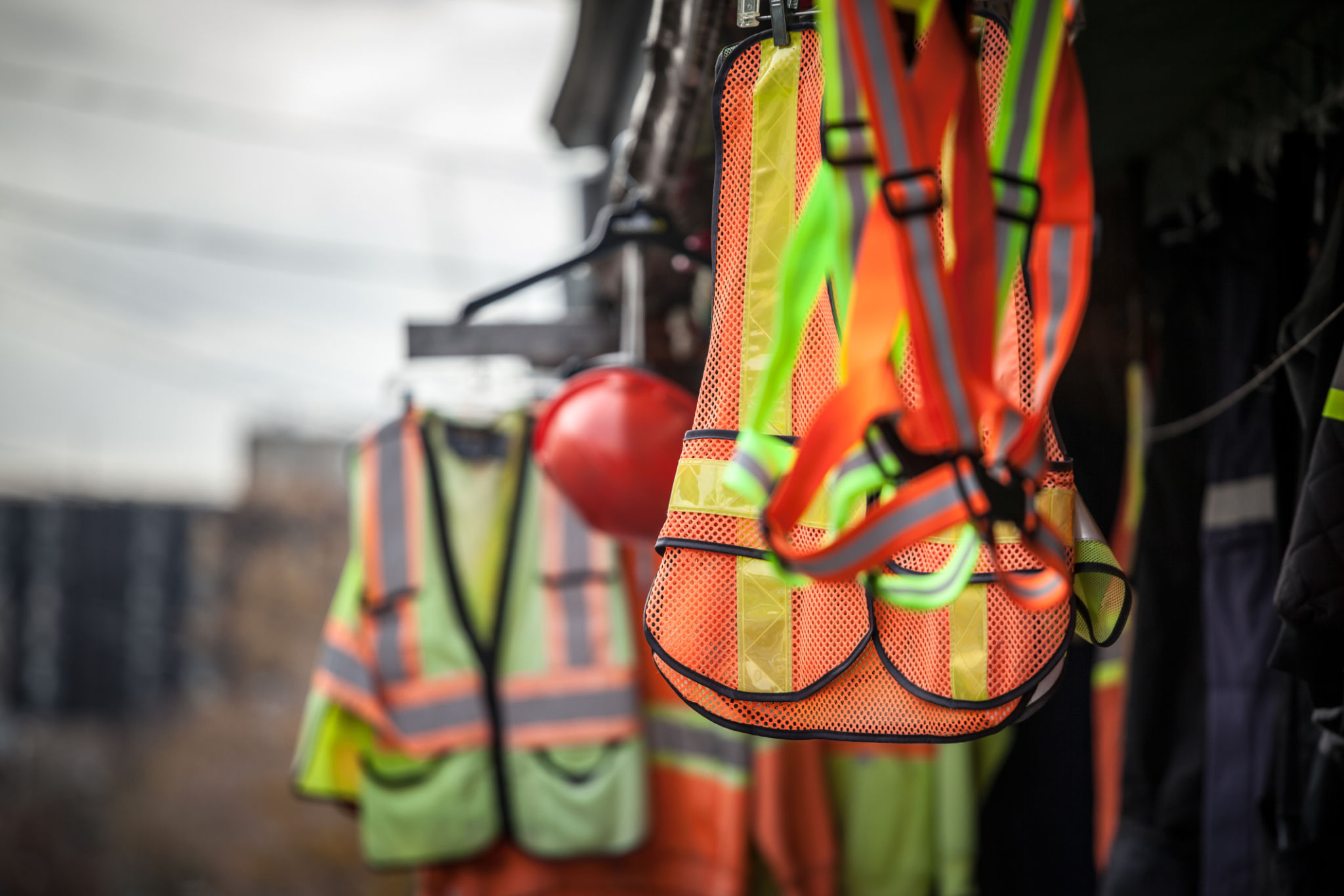Comprehensive Guide to Scaffolding Safety in Murray Bridge
Understanding the Importance of Scaffolding Safety
Scaffolding is a crucial component in construction and maintenance work, offering a secure platform for workers to perform tasks at elevated heights. However, improper use or assembly of scaffolding can lead to serious accidents. In Murray Bridge, adhering to scaffolding safety protocols is not just a legal obligation but a commitment to worker safety and wellbeing.
Ensuring scaffolding safety involves understanding the potential hazards, implementing preventive measures, and following industry standards. This guide will walk you through essential safety practices to minimize risks and create a safer working environment.

Key Components of Scaffolding Safety
Proper Assembly and Inspection
The first step in ensuring scaffolding safety is its proper assembly. Always follow the manufacturer's guidelines and standards for assembling scaffolds. Regular inspections are also crucial. Before each shift, inspect the scaffold for any signs of wear, damage, or improper assembly. This proactive approach helps identify potential issues before they become serious problems.
Ensure that all components are in good condition, and never use damaged parts. Regular inspections not only help in maintaining the scaffold but also instill confidence among workers regarding their safety.
Training and Competency
Training is fundamental in scaffolding safety. Workers should receive comprehensive training on how to safely assemble, disassemble, and work on scaffolds. This training should cover hazard recognition, safe work practices, and emergency procedures. In Murray Bridge, training programs are often available through certified organizations that specialize in workplace safety.

Implementing Safety Measures
Use of Personal Protective Equipment (PPE)
Personal Protective Equipment (PPE) plays a vital role in scaffolding safety. Workers should be equipped with appropriate PPE such as helmets, harnesses, and non-slip footwear. Proper use of PPE can significantly reduce the risk of injuries from falls or falling objects.
It's important to ensure that all PPE is regularly inspected and maintained. Workers should be trained on the correct use and limitations of their protective gear to maximize its effectiveness.
Load Management
Overloading is a common cause of scaffolding accidents. It is crucial to adhere to the load capacity specified by the manufacturer. Ensure that materials and tools are evenly distributed on the platform to prevent imbalance, which can lead to scaffold collapse.

Emergency Preparedness
Despite all precautions, emergencies can still occur. Having an emergency response plan in place is essential for scaffolding safety. This plan should include procedures for dealing with falls, scaffold collapses, or other incidents. All workers should be familiar with the emergency plan and know how to respond promptly.
Regular drills and reviews of emergency procedures help ensure that everyone knows their role in an emergency situation, minimizing panic and confusion during real incidents.
Conclusion: Commitment to Safety
Scaffolding safety is a shared responsibility that requires commitment from both employers and workers. By following proper assembly procedures, using the right PPE, managing loads effectively, and being prepared for emergencies, construction sites in Murray Bridge can significantly reduce the risk of accidents.
Ultimately, a culture of safety benefits everyone involved by ensuring a secure workplace and boosting productivity. Prioritize safety in every project to protect your most valuable asset—your workforce.
